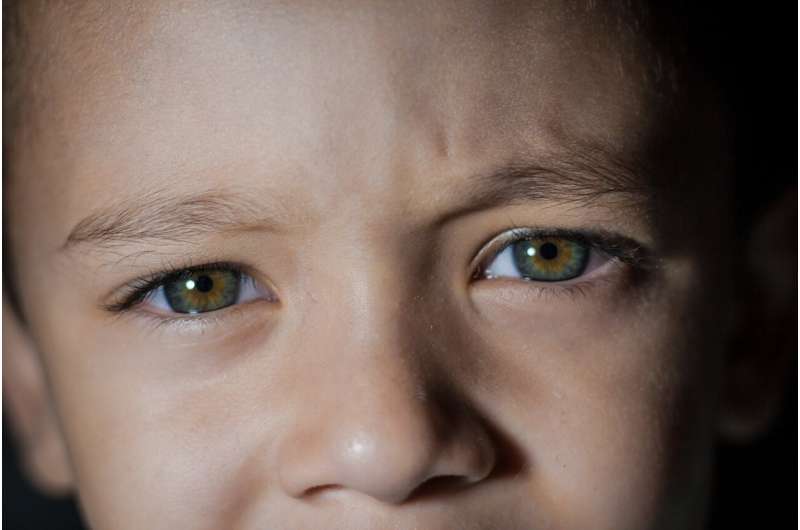Comprehensive Approaches to Treating Amblyopia (Lazy Eye)

Learn about the latest treatments for amblyopia, including eye patching, drops, and innovative digital therapies, to restore and improve vision in children.
Amblyopia, commonly referred to as "lazy eye," is a prevalent visual condition among children that results when one eye does not develop proper vision. This condition arises from poor communication between the eye and the brain, which can occur due to various reasons. Although it more frequently affects one eye, it can also impact both.
Early detection and intervention are crucial for effective treatment of amblyopia. If left untreated beyond certain ages, the vision loss can become permanent. The core issue involves a lack of balanced input from both eyes to the brain.
There are several types of amblyopia. Strabismic amblyopia occurs when the eyes are misaligned, such as turned inward, outward, upward, or downward. The misalignment causes the brain to favor one eye over the other, leading to vision deterioration in the wandering eye. Deprivation amblyopia results from obstructions in the visual pathway, like cataracts or eyelid droops (ptosis), which hinder proper visual development. Refractive amblyopia develops when an eye requires glasses; uncorrected refractive errors cause the brain to ignore blurred images, leading to amblyopia.
Treatment strategies vary depending on the type and severity. Corrective eyewear, such as glasses, is commonly prescribed for bilateral or unilateral refractive amblyopia. To promote use of the weaker eye, ophthalmologists may recommend patching the stronger eye for several hours daily. This method encourages the brain to rely on and strengthen the lazy eye. The duration of patching therapy can range from weeks to years, depending on the child's response.
In addition to patching, eye drops or ointments may be used to temporarily blur vision in the dominant eye, compelling the weaker eye to work harder and improve. Alternative treatments involve digital technology. For instance, platforms like Luminopia employ virtual reality to alter the visual input to the stronger eye, facilitating the development of the weaker eye. Curesight utilizes eye-tracking glasses to influence central vision, promoting visual improvement.
While effective, these digital therapies may be costly and are not always covered by insurance. Surgery can be part of the treatment, especially when structural issues like cataracts are involved, but it is rarely the sole approach. Surgical procedures may be combined with glasses and patching to achieve optimal results.
Early diagnosis and a combination of traditional and digital therapies are essential to effectively treat amblyopia and prevent permanent vision loss.
Stay Updated with Mia's Feed
Get the latest health & wellness insights delivered straight to your inbox.
Related Articles
Potential Cancer-Fighting Properties of Fermented Stevia in Pancreatic Cancer Research
New research highlights fermented stevia's promising anti-cancer effects against pancreatic cancer cells, opening pathways for natural and targeted cancer therapies.
Innovative Royalty-Based Funding Model Could Accelerate ALS Drug Development
A groundbreaking royalty-based investment model promises to speed up ALS drug development by funding adaptive platform trials and sharing future royalties, potentially transforming biomedical financing strategies.
Innovative Research Identifies Rare Immune Cells as Potential Breakthrough in Treating ARDS
New research highlights the potential of basophils, a rare immune cell type, to promote recovery from acute respiratory distress syndrome through immune modulation, offering hope for innovative treatments.
New Immune Cell Population Could Transform Tuberculosis Vaccine Development
Researchers at Stony Brook University have identified a novel immune cell type, expressing CD8a on NK cells, that may open new pathways for TB vaccine development and immune therapy, potentially transforming tuberculosis control strategies.



